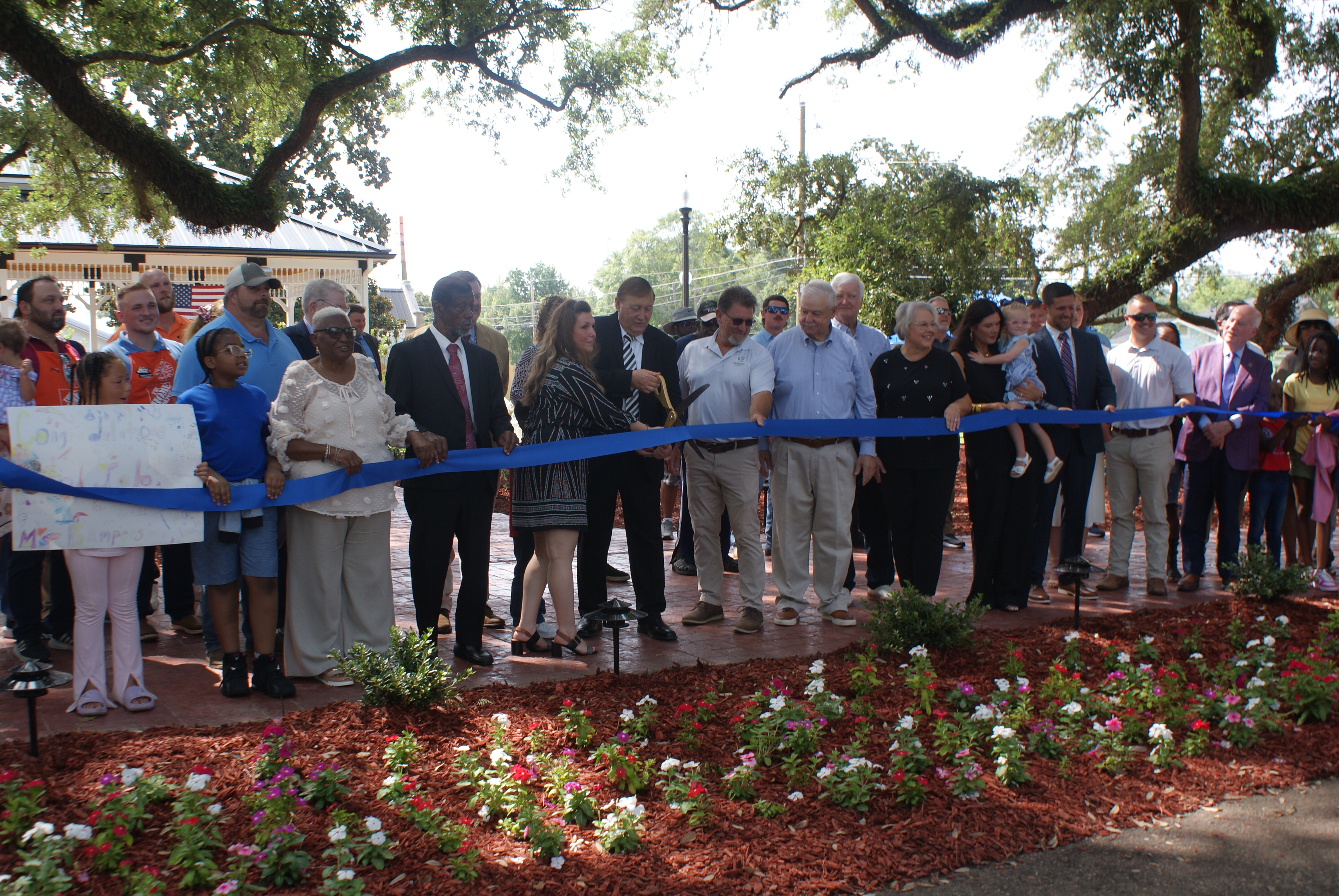Cement starts flowing to plug BP well for good
Published 10:13 pm Friday, September 17, 2010
Crews started pumping cement Friday deep under the seafloor to permanently plug BP’s blown-out well in the Gulf of Mexico.
A BP spokesman said there no longer was a need to use mud in tandem with the cement because pressure from the well wasn’t an issue.
BP expects the well to be completely sealed on Saturday. The government had previously said it expected the well to be declared dead by Sunday, but on Friday the Coast Guard indicated the culmination was likely to be Saturday.
Cement began flowing at 1:30 p.m. CDT. It was expected to flow for several hours and then take up to 24 hours to set, according to BP.
The pumping of cement followed the successful intersection late Thursday between a relief well drilled nearly 2.5 miles beneath the floor of the Gulf and the blown-out well.
An April 20 explosion killed 11 workers, sank a drilling rig and led to the worst offshore oil spill in U.S. history.
“I am ready for that cigar now,” John Wright, who led the team drilling the relief well, said in an e-mail Friday to The Associated Press from aboard the Development Driller III vessel.
Wright, who is not a BP employee but is working on a contract basis, had told the AP in August that he was looking forward to finishing his mission and celebrating with a cigar, a dinner party with his crew and a trip somewhere quiet to unwind with his wife. He has never missed his target over the years, with this relief well being the 41st he’s successfully drilled.
The gusher was contained in mid-July after a temporary cap was successfully fitted atop the well. Mud and cement were later pushed down through the top of the well, allowing the cap to be removed. But the blown-out well cannot be declared dead until it is sealed from the bottom.
The blast sank the Deepwater Horizon rig and triggered the spill that eventually spewed 206 million gallons of oil from the well. BP PLC is a majority owner of the well and was leasing the rig from owner Transocean Ltd.
The disaster caused an environmental and economic nightmare for people who live, work and play along hundreds of miles of Gulf shoreline from Florida to Texas. It also spurred civil and criminal investigations, cost gaffe-prone BP chief Tony Hayward his job and brought increased governmental scrutiny of the oil and gas industry, including a costly moratorium on deepwater offshore drilling that is still in place.
Gulf residents will be feeling the pain for years to come. There is still plenty of oil in the water, and some continues to wash up on shore.
Many people are still struggling to make ends meet with some waters still closed to fishing. Shrimpers who are allowed to fish are finding it difficult to sell their catch because of the perception — largely from people outside the region — that the seafood is not safe to eat. Tourism along the Gulf has taken a hit.
BP took some of the blame for the Gulf oil disaster in an internal report issued earlier this month, acknowledging among other things that it misinterpreted a key pressure test of the well. But in a possible preview of its legal strategy, it also pointed the finger at its partners on the doomed rig.





